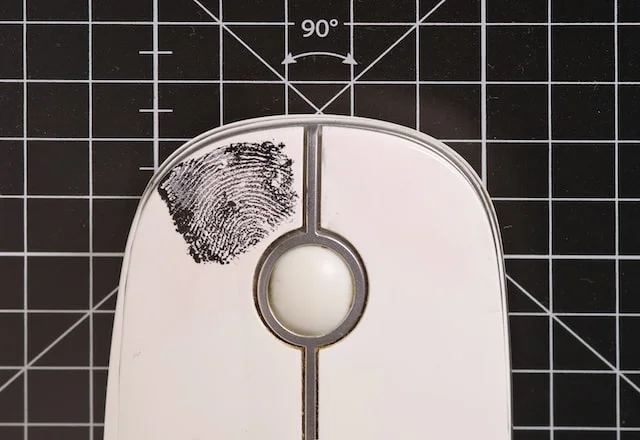Digital evidence preservation is the process of collecting, analyzing, and storing electronic data that is relevant to an investigation. In today’s world, electronic data plays a major role in criminal and civil proceedings, making the preservation such digital evidence a crucial part of the process.
Digital evidence can include anything from emails, text messages, social media posts, documents, images, access logs and other electronic information. This should be examined and processed only by those trained and authorised to perform the task.
The preservation of digital evidence involves the proper collection and handling of the data to maintain its authenticity and integrity. This requires specialized tools and techniques to ensure that the evidence is not tampered with, altered, or destroyed.
There are a number of techniques used to manage the handing of the digital evidance. Failure to properly preserve digital evidence can result in the evidence being deemed inadmissible or unusable in court, thus potentially jeopardizing the outcome of a case.
The digital evidence preservation is a crucial aspect of legal investigations and proceedings, and proper handling and preservation of electronic data are essential to ensure that the evidence can be used effectively in court.

Chain of Custody
Chain of custody is an essential component of processing digital evidence during an investigation. It refers to the chronological documentation of the custody, control, transfer, and analysis of evidence from the moment it is collected until its presentation in court. The chain of custody provides a clear record of who has handled the evidence and when, and it helps to maintain the integrity and admissibility of the evidence.
In the context of digital evidence, the chain of custody includes documentation of the equipment used to collect the evidence, the location where the evidence was found, the personnel involved in the collection and analysis of the evidence, and the steps taken to preserve and safeguard the evidence.
Maintaining a clear and complete chain of custody is essential to ensure that the evidence is admissible in court and can withstand challenges to its authenticity and integrity. Failure to maintain an accurate chain of custody can result in the evidence being excluded from the trial, which can have a significant impact on the outcome of the case.
Drive Imaging
Drive imaging is a critical step in processing digital evidence during a legal investigation. It involves creating a bit-by-bit copy of the entire hard drive or any storage device, this includes deleted and hidden files. The imaging process preserves the original evidence and ensures that any changes made during the investigation are done to a copy, not the original.
Drive imaging allows investigators to analyze the data without altering the original evidence, which is essential for maintaining the integrity and admissibility of the evidence in court. This process can also help identify potential evidence that may have been hidden or deleted.
In addition to creating a bit-by-bit copy of the drive, investigators may also use specialized software to search for specific types of files, such as images or documents, that may be relevant to the investigation. These tools can help streamline the investigation and ensure that all potential evidence is identified.
Overall, drive imaging is a critical step in processing digital evidence and is essential for ensuring that the evidence is properly preserved and admissible in court.
Hash values
Hash values are a critical component of processing digital evidence in a legal investigation. They are unique alphanumeric codes that are generated using a mathematical algorithm to represent the contents of a file or drive.
Typically MD5 (Message Digest) or SHA (Secured Hash Algorithm) hashing is commonly used while creating hash values on files. Then, each generated hash value is compared with the original to verify intergrity. This will prove whether the two files are identical or if any changes have been made to a file since it was last accessed.
When processing digital evidence, investigators will often create a hash value of the original evidence to ensure that it has not been altered or tampered with during the investigation. This allows investigators to verify the authenticity and integrity of the evidence and ensure that any changes made during the investigation are done to a copy, not the original evidence.
Overall, hash values are critical to processing digital evidence, as they provide a reliable way to verify the authenticity and integrity of evidence and ensure that it is admissible in court.
Conclusion
The overall Digital evidence preservation is a complex process which involves various factors beyond the above-mentioned chain of custody, hash values, and drive imaging. This process requires careful planning, strict documentation control, and correct storage to maintain the integrity and admissibility of the evidence in court.
The other factors that are involved in the preservation of digital evidence include the use of specialised software to analyse the data, the preservation of metadata, the identification of potential evidence, and protecting the evidence from external influences such as electromagnetic fields and environmental damages.
In addition, legal and ethical considerations also play a crucial role in digital evidence preservation, as investigators must comply with relevant laws and regulations and ensure that the evidence is collected in an ethical and non-discriminatory manner.
